Omega-6 fatty acids belong to the unsaturated fatty acids. They are essential for the body, which means that they have to be taken in with food.
What are omega-6 fatty acids?
Omega-6 fatty acids are polyunsaturated fatty acids. The most important omega-6 fatty acids are linoleic acid (LA), gamma-linolenic acid (GLA), dihomo-gamma-linolenic acid (DHGLA) and arachidonic acid (AA).
In their chemical structure, the omega-6 fatty acids have more than one double bond. In contrast to the omega-3 fatty acids, the omega-6 fatty acids have their first double bond on the sixth carbon atom. Linoleic acid is essential for the body. All other omega-6 fatty acids can be obtained from this fatty acid.
Function, effect & tasks
The essential fatty acids are vital for the body. Linoleic acid, for example, plays a role in oxygen transport. Together with various sulfur-containing enzymes, it can activate the absorbed oxygen and the formation of hemoglobin.
Hemoglobin is the red pigment in the blood. It consists of different proteins and can bind oxygen. In addition, the unsaturated linoleic acids are an important part of cell membranes. Only through a regular supply of linoleic acid can the cell walls remain mobile and elastic. Linoleic acid is also important for skin health. Prostaglandins are also formed from linoleic acid. These not only regulate the cholesterol level, they also support the function of the red blood cells. In addition, linoleic acid can transport fat-soluble toxins to the excretory organs of the skin, lungs, kidneys and intestines.
Gamma-linolenic acid is also part of the cell membrane. Like linoleic acid, gamma linoleic acid plays an important role in skin health. With external application of gamma linoleic acid, the skin becomes more supple. When used internally, the skin's natural barrier function is strengthened. Gamma-linolenic acid can also have a soothing effect on some skin diseases such as neurodermatitis or acne.But it is also needed for the production of so-called eicosanoids.
Dihomo-gamma-linolenic acid and arachidonic acid are also converted into eicosanoids. Eicosanoids are hormone-like substances that act as neurotransmitters or immunomodulators. They are particularly involved in inflammatory processes in the body. The eicosanoids can be divided into four groups: prostaglandins, prostacyclines, thromboxanes and leukotrienes. With the help of omega-6 fatty acids, these substances can be produced by every cell.
They play an important role in blood clotting, in the development of fever, in allergic reactions, in the development of pain or in inflammation. The function of the omega-6 fatty acids as an inflammation mediator is important, but an excessive intake of omega-6 fatty acids can also promote inflammation and vasoconstriction in the body due to the inflammation mediators. However, not all eicosanoids have an inflammatory effect. Some of the messenger substances even have anti-inflammatory properties.
Arachidonic acid is contained in man's sperm and is required for the production of the hormone testosterone. The conjugated linoleic acid has a strong antioxidant effect. It has a positive effect on glucose and lipid metabolism and can prevent arteriosclerosis as it can reduce the proportion of blood lipids. It can also prevent diabetes mellitus as it regulates blood sugar levels. Some studies show that conjugated linoleic acid is even anti-carcinogenic, i.e. against cancer cells.
Education, occurrence, properties & optimal values
Omega-6 fatty acids are essential for the body. Linoleic acid, in particular, cannot be produced by the human body; it is dependent on its intake from food. The other omega-6 fatty acids can be partially synthesized from linoleic acid. Linoleic acid is naturally contained in cold-pressed vegetable oils such as corn oil, black seed oil, soybean oil, sunflower oil, wheat germ oil or safflower oil. The most important sources of gamma linolenic acid are evening primrose oil, borage oil and blackcurrants.
Alpha-linolenic acid is found in leafy green vegetables, linseed oil, rapeseed oil, and soybean oil. Eicosapentaenoic acid and docosahexaenoic acid, two metabolites of alpha-linolenic acid, are found in fatty fish such as mackerel, salmon and herring. The polyunsaturated fatty acids are also found in meat and milk. Here, however, the amount depends heavily on the animals' feed.
According to the recommendations of the German Nutrition Society (DGE), an adult should consume 30% of their energy intake per day through fats. The proportion of essential fatty acids should be around 3.5%. The essential fatty acids include not only omega-6 fatty acids, but also omega-3 fatty acids. The ratio of omega-6 to omega-3 fatty acids should be between 5: 1 and 15: 1. Most people, however, consume ten to twenty times more omega-6 fatty acids than omega-3 fatty acids.
Diseases & Disorders
A deficiency in omega-6 fatty acids can lead to skin changes. Inflammatory dry eczema is typical. Hair loss is also observed. Further consequences of a deficiency are increased susceptibility to infection, wound healing disorders and complaints of the cardiovascular system.
The severe deficiency symptoms include impaired liver metabolism, the destruction of kidney tissue and sterility in women and men. A deficiency in omega-6 fatty acids is rather rare. Sufficient fatty acids are normally taken in with food. A deficiency in gamma linoleic acid is usually caused by increased consumption. This can be the case with a sedentary lifestyle, excessive alcohol consumption or heavy smokers. Diseases of the digestive tract that result in chronic absorption disorders can also cause a deficiency in omega-6 fatty acids. Unborns and newborns are particularly sensitive to such a deficiency.
In most cases, however, the proportion of omega-6 fatty acids in the diet is too high. Too high an intake leads to an increased production of eicosanoids. This can lead to increased inflammation in the body. A disproportionate to the disadvantage of omega-3 fatty acids is also suspected of increasing the risk of stroke and cancer.

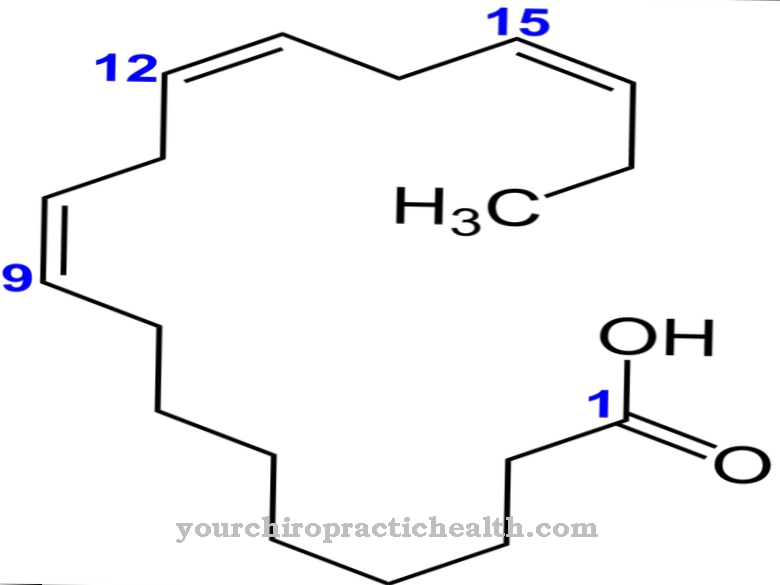
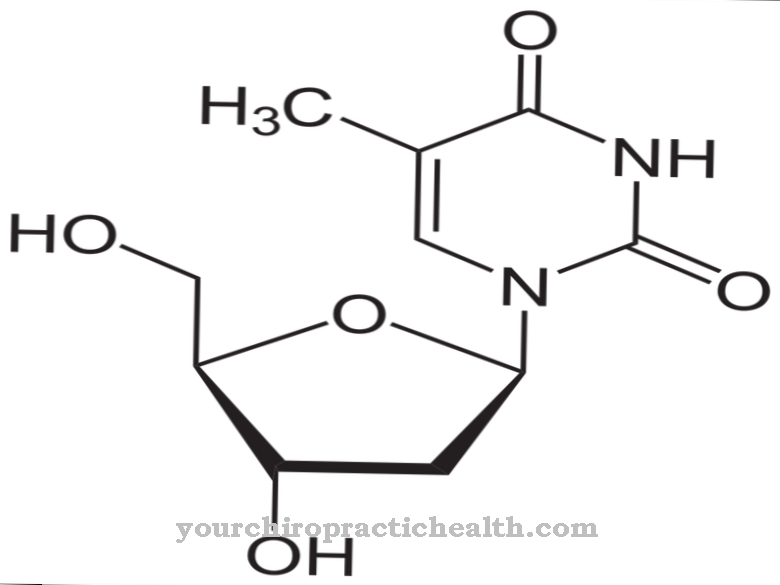
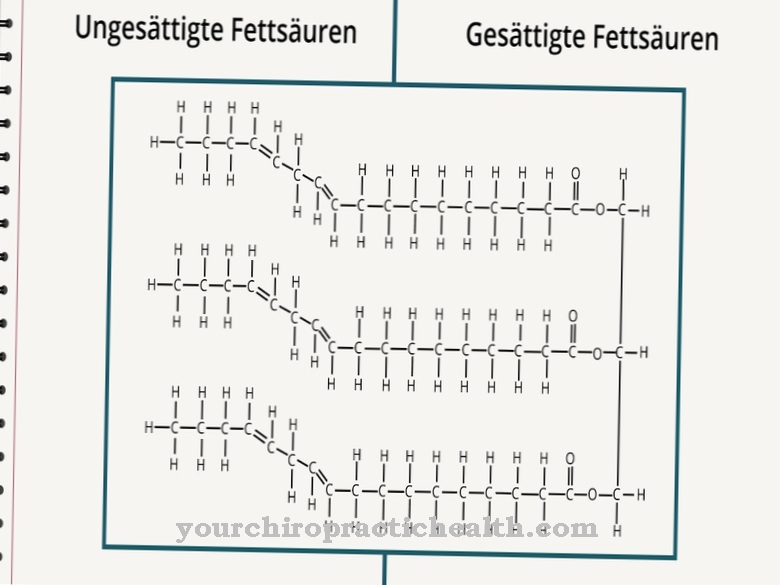

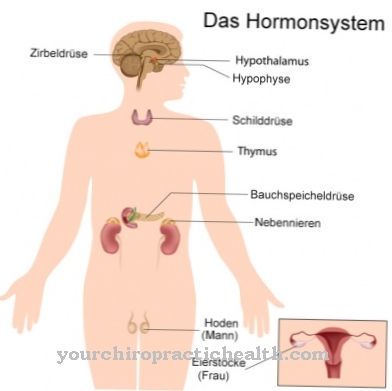
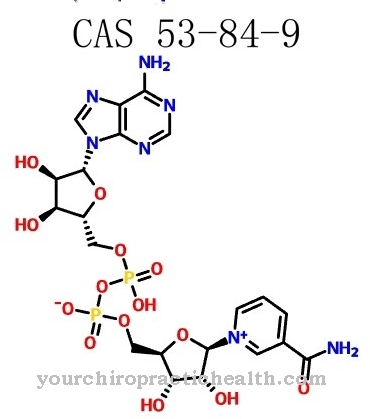





.jpg)



.jpg)










.jpg)
